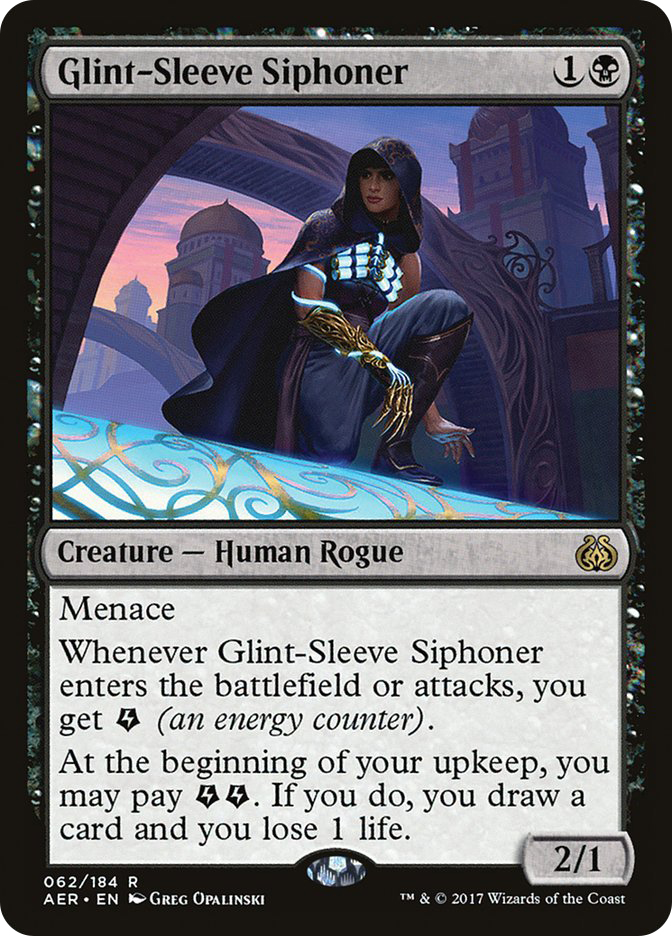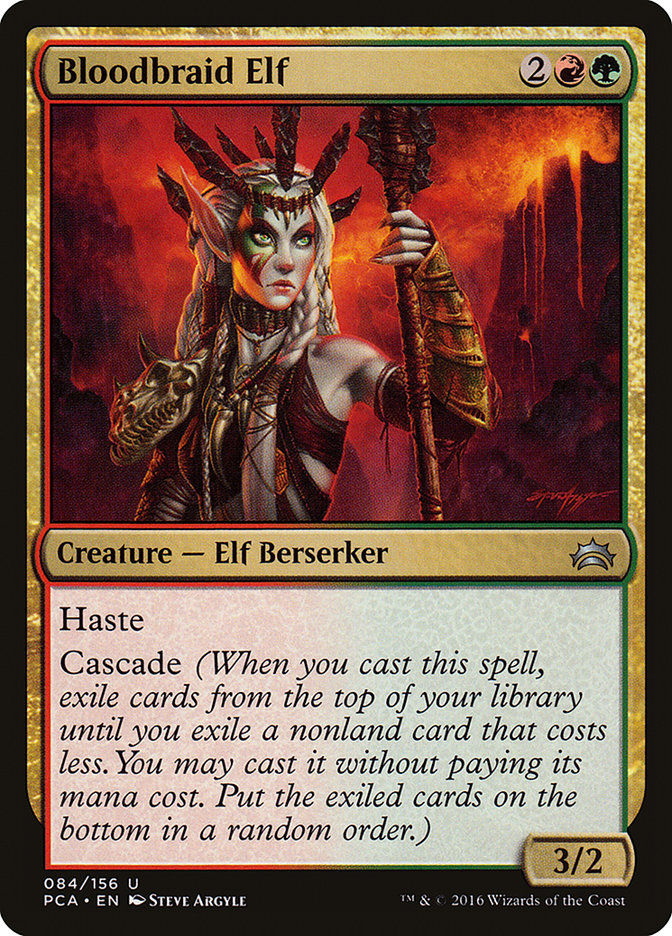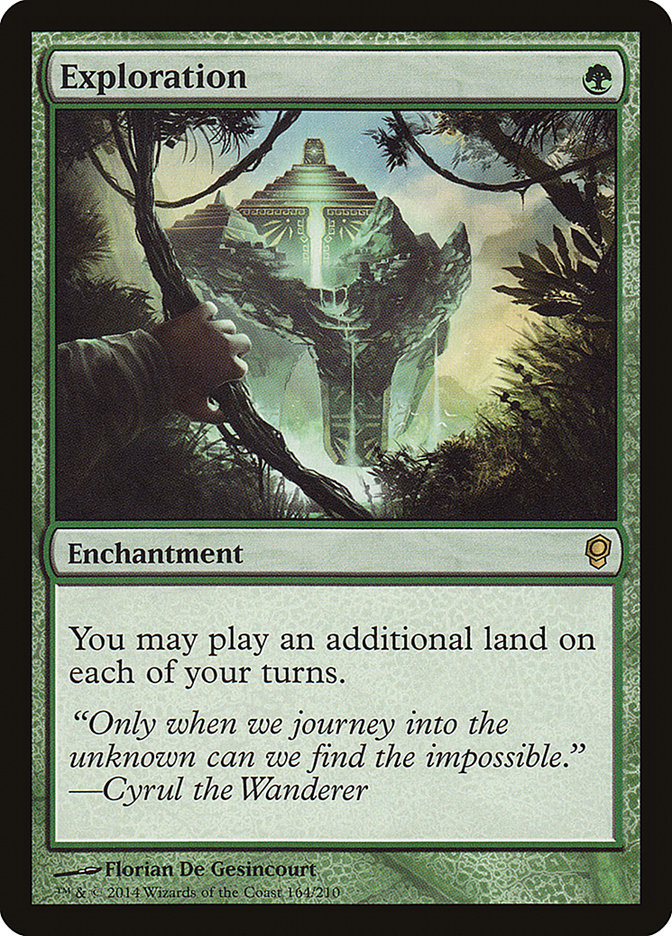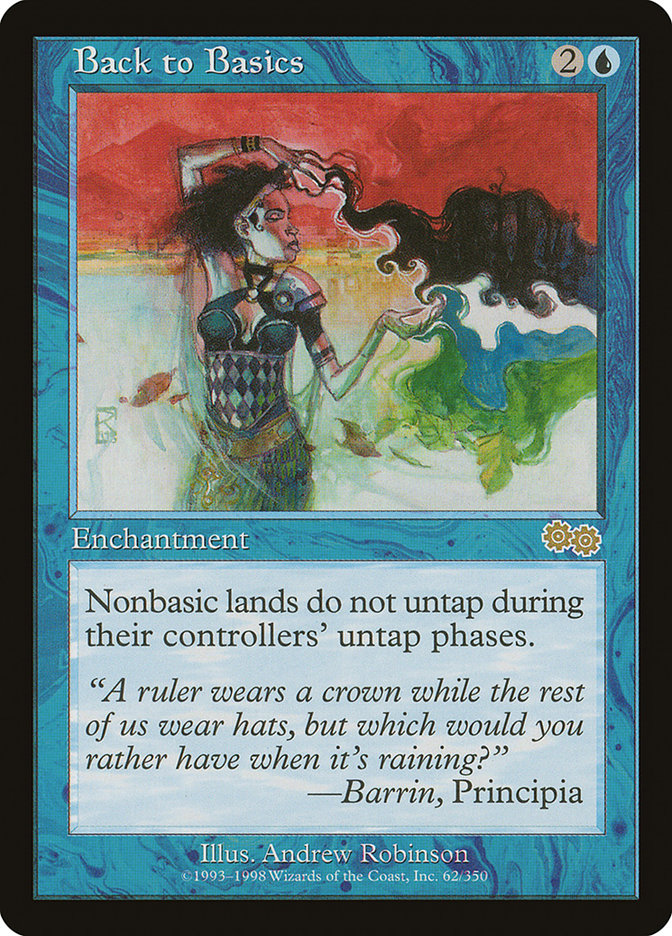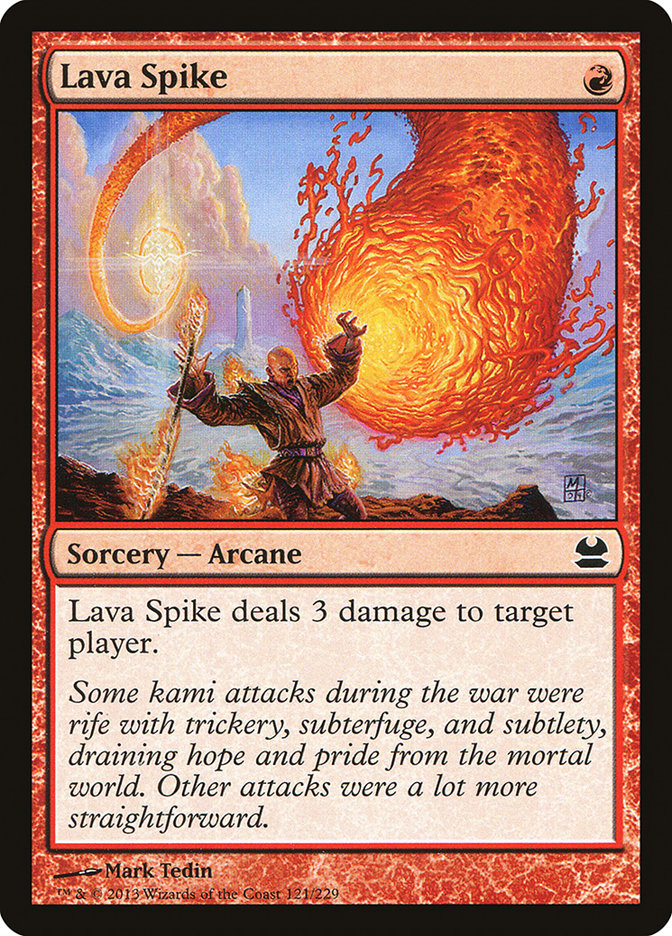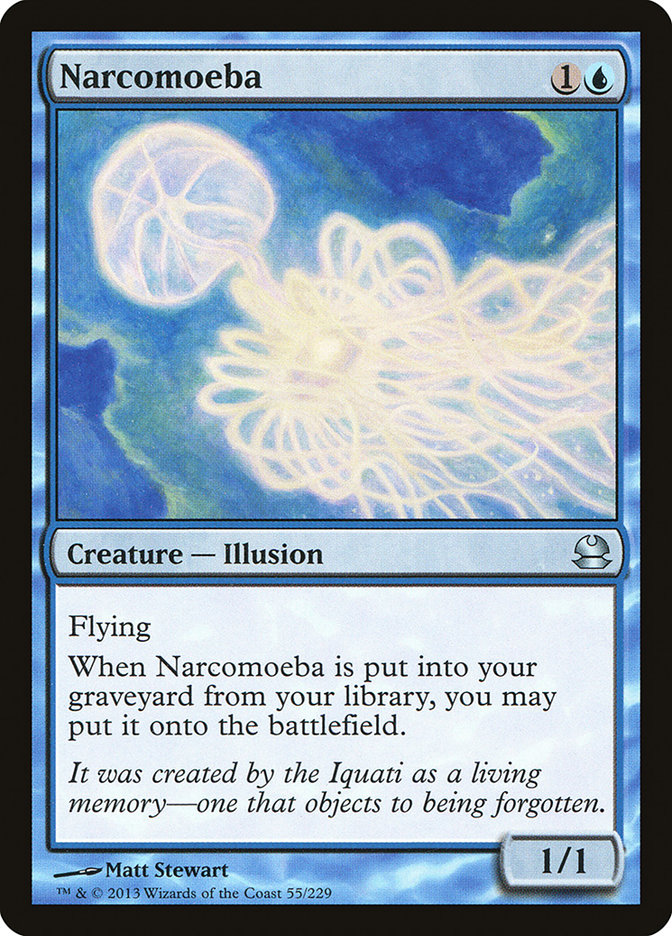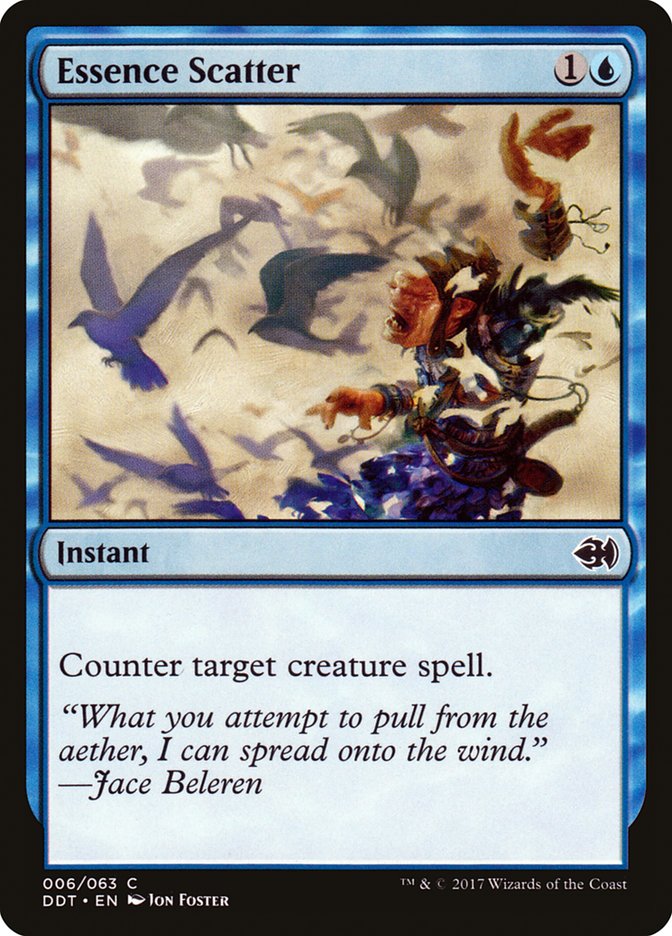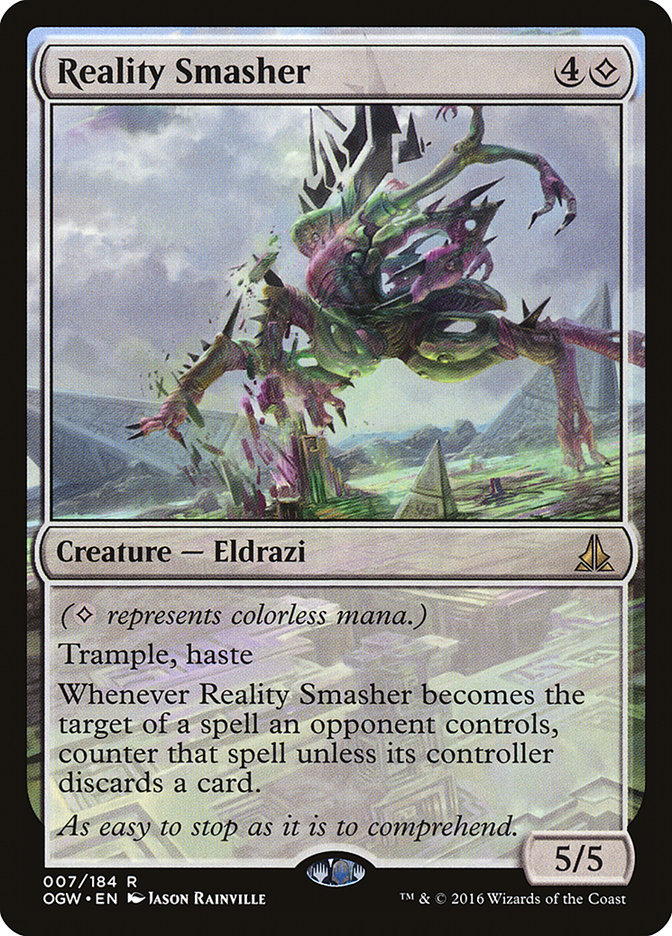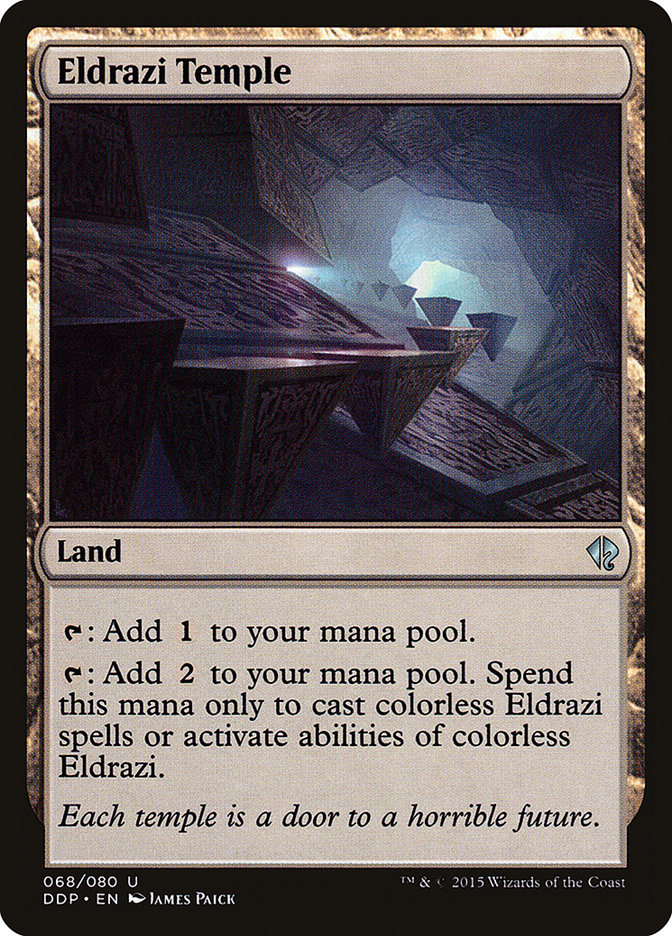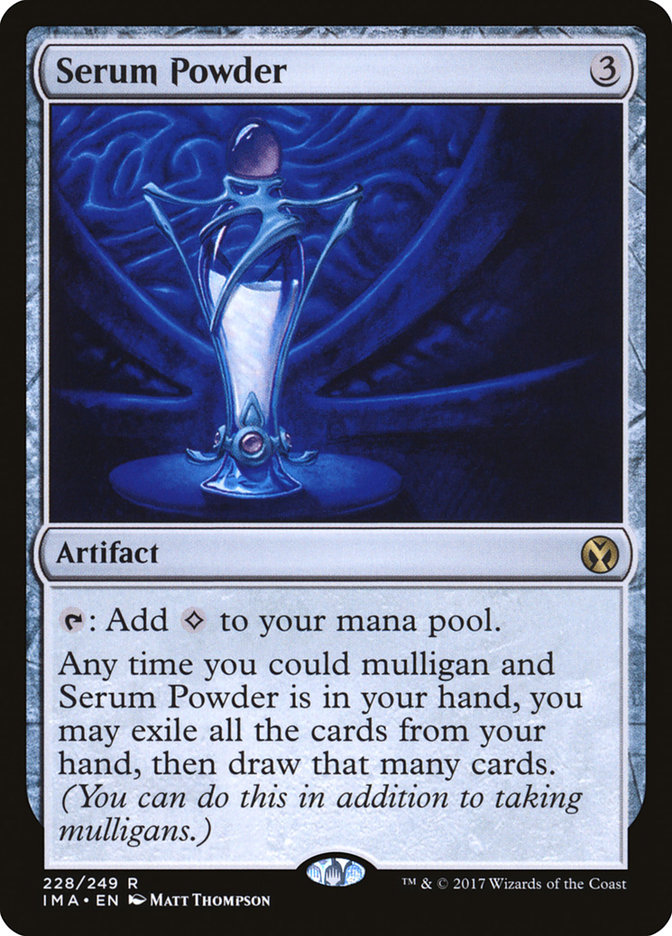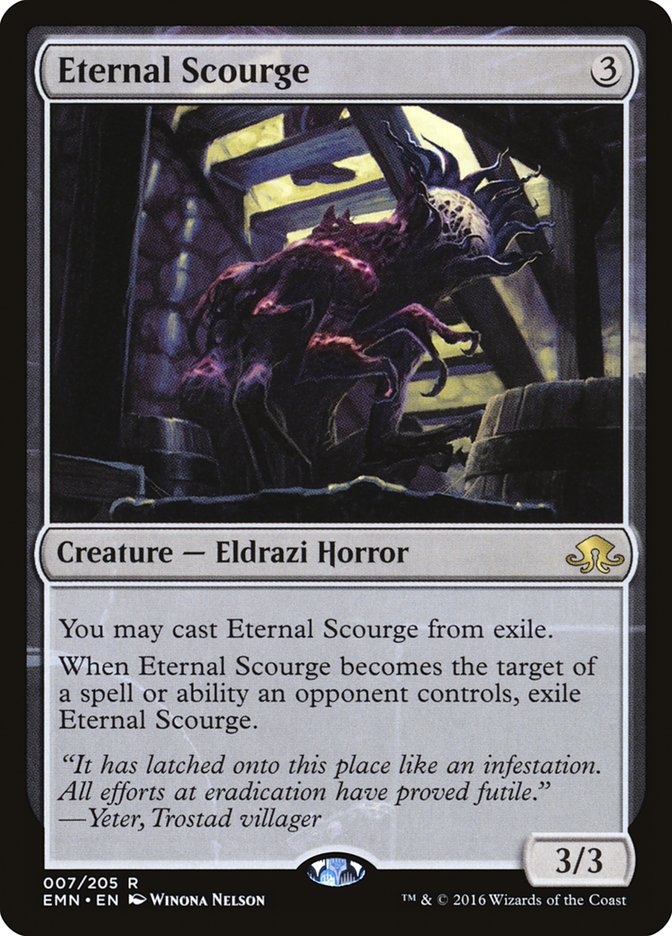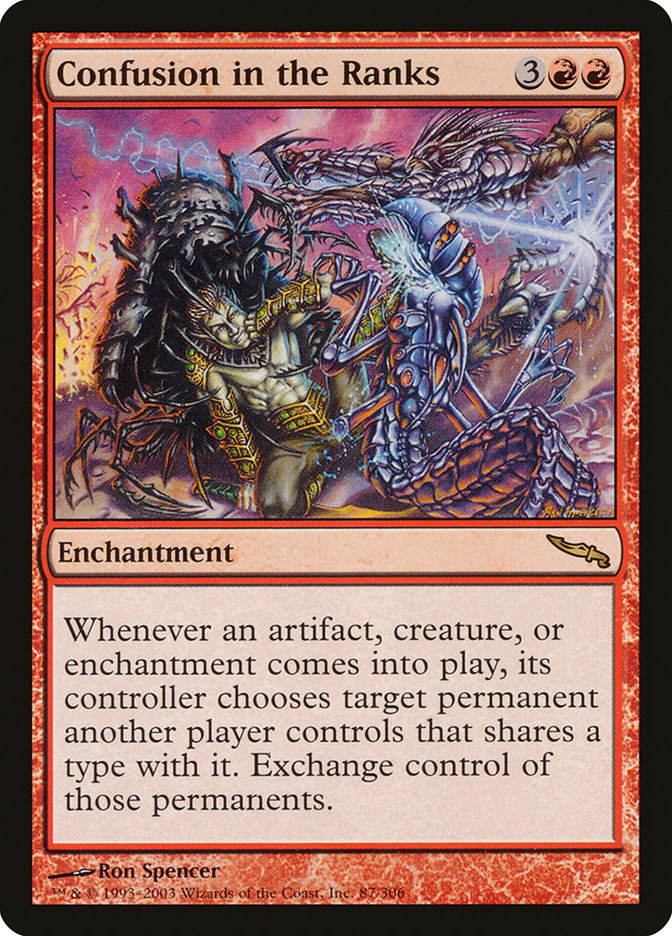Preparing for team events is a lot different from preparing for individual events.
Aside from the logistics of assembling and then working together as a team, team events tend to have more predictable metagames than their individual counterparts. Metagames are notoriously hard to predict in general, so recognizing this and then using it to your team’s advantage is a powerful tool. There are two major reasons why team events end up being easier to plan for:
1. Players are less likely to take a risk when a bad performance damages three players instead of one.
This is just basic human psychology.
Every time a player registers a fringe or metagame deck in a tournament, they are taking a pretty big risk. Magic players, and most people in general, tend to be fine with taking risks (or even prone to self-sabotage) when the only person it can hurt is themselves, but much more conservative when people they care about also become at risk.
Playing a risky metagame choice or a fringe pet deck in an event is something that can work out well, yet also has a much higher tendency to crash and burn than just playing the “safe” deck. (There’s no appropriate decklist link for crashing and burning because those decks are always forgotten.)
2. The player playing each format is likely to be highly experienced in that particular format.
Not every Magic player favors every format.
Part of what makes Magic so awesome is that different players can find different ways to play that they enjoy. Some players really enjoy playing with old, classic cards in Legacy, some players really enjoy more straightforward “A B C” Magic and love Standard, and some players are mentally unstable and enjoy Modern (I kid, I kid).
But while all of these players will happily show up to whatever big tournament shows up in their area, it may not be the exact format they want to play. If it’s not their preferred or comfortable format, they are much more likely to show up with a deck that’s a little more off-kilter than normal, either to try to gain some sort of edge or because they simply just aren’t that invested in their performance.
In a team event, this rarely will be true, as each player will likely play their preferred format.
The result is a much more stable metagame mostly populated by the top decks in each format. This also means that we can take the next step in playing a deck that will take advantage of this uniformity to give ourselves a bigger edge.
Seat A: Legacy
The Legacy seat has been one of the defining seats in all team events, as the team’s Legacy player is most often the format specialist that is highly skilled in one of the format’s main decks. We’ve seen this over and over again on successful teams at team events, with the Legacy seat being occupied by one of the format’s premier Lands players like Jody Keith, Kevin King, or Daryl Ayers, or a Delver specialist like Tannon Grace, Noah Walker, or Bob Huang.
With the Legacy seat being highly polarized to the various Deathrite Shaman decks for the most part, Lands has been the “team event Legacy specialist” deck of choice for a while now. Players are less likely to want to bring Storm or some sort of combo deck and try to overcome the Delver of Secrets decks, which leads to a lot of Lands and a lot of blue Deathrite Shaman decks, with or without Delver of Secrets.
Which leads me to my pick for the Legacy seat:
Creatures (6)
Planeswalkers (3)
Lands (20)
Spells (31)

I’m not going to spend a ton of time on the deck, as I’ve already written an article about it after my fourth-place finish at #SCGWOR, but while I think the deck is a good choice for any Legacy event, I think it’s particularly well-suited for a polarized team format. Do you know what card is good against both Deathrite Shaman decks and Lands?
While U/W Miracles deck is a solid deck in an open format, its Wasteland-proof manabase backed up by Back to Basics is hell on both Lands and Deathrite Shaman decks. Swords to Plowshares and Snapcaster Mage contain Delver of Secrets and Marit Lage tokens alike, and I would count both of the most popular two decks in team-based Legacy – Grixis Delver and Lands – as good matchups. Mono-Red Prison and Colorless Eldrazi are perhaps the next most two popular decks, and those matchups are also quite good.
The nature of polarized metagames at team events means that fringe decks like Burn and Dredge that would normally give U/W Miracles huge problems are much less likely to be present. Any team’s Legacy player is likely to be a format specialist, and likely to be playing one of the format’s top five decks. Getting to avoid the oddball decks that might give you trouble is a great tool we can use to our advantage.
With game against almost everything and good matchups against the expected top decks, U/W Miracles seems to be in a great spot.
Seat C: Standard
We’re going to save Modern for last, as it is a bit different from both Standard and Legacy.
Unlike the last year or so, we are currently in the middle of a pretty healthy and thriving Standard format.
Yes, The Scarab God still looms as the format’s ultimate endgame, but there are enough excellent answers that it doesn’t really feel oppressive. The format’s top decks are B/U Midrange, Grixis Energy, U/B Control, Mono-Red Aggro, and Sultai Energy, but there are also decks that are a little more fringe like U/W God-Pharaoh’s Gift, W/G Aggro, W/U Auras, various go-wide Anointed Procession decks, and various G/R-based Monsters deck.
That’s a pretty diverse and exciting metagame!
It’s also a metagame that can make things a little tough on a control player trying to have all the answers. Some of the format’s fringe decks based around enchantments can present a lot of cards that are very difficult for a control deck to answer, leaving a bunch of awkward-matchup landmines in any given tournament.
Thankfully, the polarization of the team format comes to the rescue again. While Standard was once the most popular format and most commonly played by newer players, Modern has overtaken that throne in recent times. Standard is also a difficult format to play, as almost every deck in the format has a vsizable amount of play to it. This leads to the Standard player often being one of the more experienced players on the team and more likely to be playing one of the top five decks than anything else.
So what deck is already great in an open field but especially good against the top five decks of the format?
Creatures (6)
Lands (26)
Spells (28)

Surprise, surprise. Jim just wants to play his U/B Control deck.
Well, that is sorta true, but the deck seems extremely well-positioned for a polarized field. U/B Control, and honestly Standard control decks of the last few years, have always been well-positioned against mythic rare/”good stuff”-style midrange decks, and with fewer random decks to worry about, you should be in a good spot. Mono-Red Aggro has also been on the decline, but with so much lifegain and exiling removal, the matchup feels fine anyway.
It may surprise you, but Essence Scatter is amazing against Bristling Hydra, The Scarab God, Glorybringer, and Rekindling Phoenix, as well as whatever other random two- and three-mana creatures they’ve got. Who would have thought?
The deck is challenging to play when your cards don’t line up perfectly, but it’s a great choice for this weekend.
Seat B: Modern
Ah, yes, Modern.
Remember everything I said about “team events polarizing the format” earlier in the article? Forget all that. Okay, well, maybe not all of it, but if we are trying to predict a team metagame, Modern is certainly the wild card.
Modern has been the most popular Magic format for a while now, and while the reasons for that could probably end up being an entire article in and of itself, the long and short of it is that the format has been amazing and players can keep playing the same deck over the course of years with small updates. It’s also not that hard to get into if you’re an inexperienced player; so many of the linear decks are so set on executing their own plan that you don’t need to be excellent at interacting with your opponent to succeed.
In my experience with team events so far, the Modern player has often been the least experienced of the three. If a team has an inexperienced player, they’re likely to just give them Burn or Tron, throw them in the B seat so they can both keep an eye on them, and let it ride. Legacy is far too intimidating for an inexperienced player to do well in, and Standard is surprisingly difficult to navigate as well as inaccessible for players who have been avoiding it for the last year.
So to put it mildly, while there may be a slight bias toward fair midrange decks like Jeskai or Jund among the top teams, the B seat is going to be the wildest variable on most teams. So what is one to do?
Creatures (24)
- 4 Simian Spirit Guide
- 4 Eldrazi Mimic
- 4 Reality Smasher
- 4 Thought-Knot Seer
- 4 Matter Reshaper
- 4 Eternal Scourge
Lands (23)
Spells (13)

Take them out with extreme prejudice.
Thought-Knot Seer, Reality Smasher, and Eldrazi Temple have been staples of each format they’ve been involved in, but usually have the issue of being surrounded by lesser cards. Eldrazi Tron hasn’t fared well lately, Bant Eldrazi no longer exists, and even the new Bloodbraid Elf-fueled R/G Eldrazi deck is only medium. The core cards are awesome, but the supporting cast is never really good enough. So what is one to do?
Just keep mulliganing until you find the good cards!
It sounds almost comical, but I assure you this deck is not only not a meme, but also the best Eldrazi shell in the format right now. Anyone who’s played Modern at all in the last year knows how difficult it is to beat great Eldrazi Temple / Thought-Knot Seer / Reality Smasher draws, and this deck is the best at producing them in the format.
The Eternal Scourge technology making your Serum Powders and Gemstone Caverns awesome is just pure genius, and you also get to be a good Chalice of the Void deck as well, which is just lights-out in some matchups. Gaining a bunch of value from all of your awesome lands is just another bonus.
Modern is a format where, if you guess wrong with your metagame prediction or just end up playing the one person in the room on G/W Hexproof or U/B Mill, your predictions mean nothing, so it’s often best to just bring a sledgehammer and start swinging away. Even if you hit a bad matchup, you can still just nut draw them with Eldrazi Temple and Thought-Knot Seer, and that’s an excellent approach to the format.
It looks silly, but this deck is no joke.
Three’s Company
Whatever decks your team does decide on, it’s important to be aware of the unique circumstances that a team event creates. All metagames are different, and being able to exploit that is a valuable tool. It’s also important to remember that while team metagames tend to skew this way, this does not mean you will never play against Burn in Legacy or Mono-White Ascend in Standard; don’t go overboard!
Information is power, so use it to your advantage.
Except in Modern, of course. You can’t predict what those crazy Modern players are going to do, so just get ’em dead!


